Today, you will learn about the fascinating world of artificial intelligence and its impact on the art industry. From generating artwork descriptions to creating engaging gallery content, AI has the ability to transform the way we experience and interpret art. Join us as we delve into the possibilities and implications of this exciting technological advancement.
Can AI Generate Artwork Descriptions And Gallery Content?
Have you ever walked into an art gallery and wondered about the stories behind the paintings and sculptures? Artwork descriptions and gallery content play a crucial role in enhancing our understanding and appreciation of art. But have you ever thought about whether artificial intelligence (AI) can generate these descriptions and content?
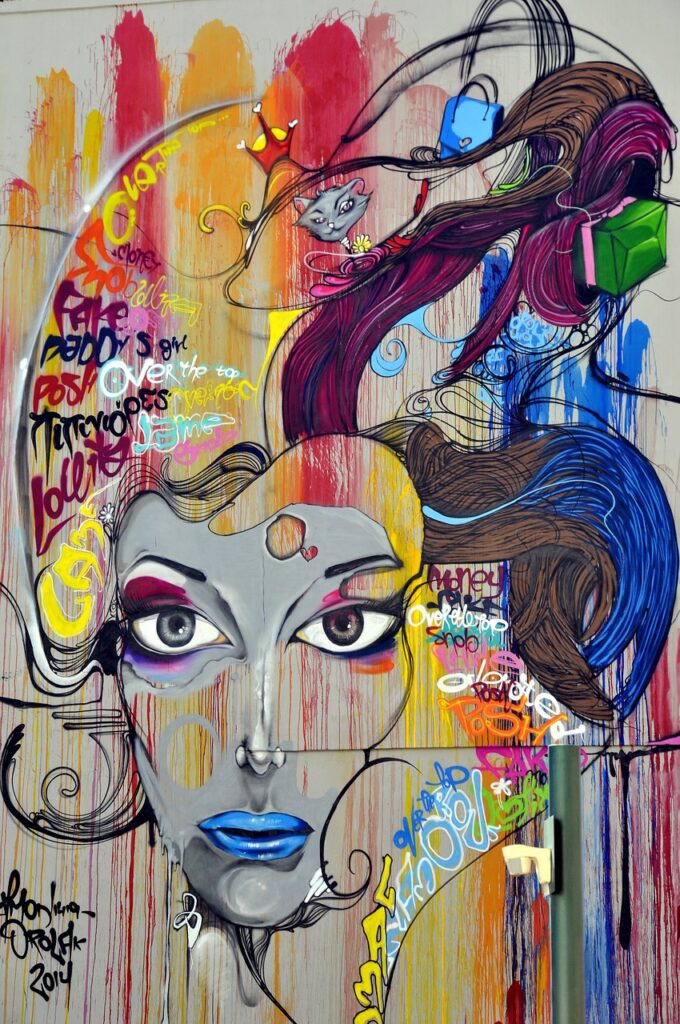
The Role of Artwork Descriptions and Gallery Content
Artwork descriptions serve as a bridge between the viewer and the art piece. They provide valuable information about the artist, their inspiration, the techniques used, and the emotions conveyed. Gallery content, on the other hand, sets the tone for the entire gallery experience by providing context and guiding the viewer through the different artworks on display.
Artificial intelligence has the potential to revolutionize the way we perceive and interact with art by generating these descriptions and content automatically. But can AI really capture the essence and emotion of a piece of art?
Understanding AI and its Capabilities
Artificial intelligence refers to the simulation of human intelligence processes by machines, especially computer systems. AI algorithms are designed to analyze large amounts of data, recognize patterns, and make decisions based on that information. In the context of art, AI can be trained to understand and interpret visual imagery, text, and even emotions.
With advancements in machine learning and natural language processing, AI systems can now generate complex descriptions and content that mimic human language. These systems can analyze artworks, identify elements such as colors, shapes, and textures, and create engaging narratives that provide insight into the artistic process.
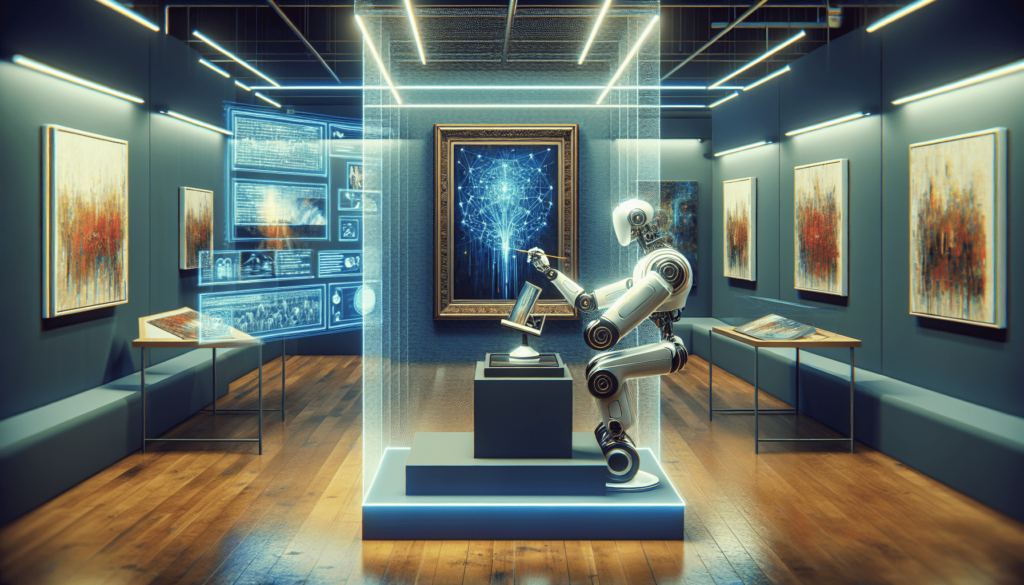
AI-Generated Artwork Descriptions: How Accurate Are They?
When it comes to generating artwork descriptions, AI can be surprisingly accurate. By analyzing the visual features of an artwork and comparing them to a database of artworks and art history, AI algorithms can generate detailed descriptions that highlight the key aspects of the piece.
For example, if you input an image of a painting into an AI system, it can identify the artist, the style of the artwork, the colors used, and even the possible emotions portrayed. AI systems can also analyze the composition of the artwork, the brush strokes, and even the historical context in which the artwork was created.
While AI-generated artwork descriptions may not always capture the subjective experience of viewing art, they can provide valuable insights into the technical aspects of the artwork and help viewers appreciate the craftsmanship and creativity involved.
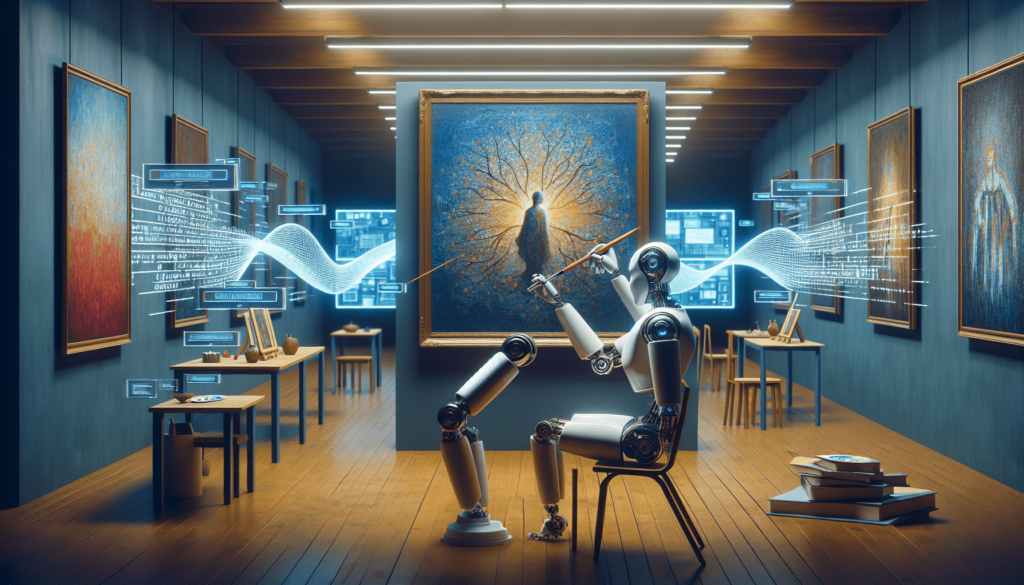
AI-Generated Gallery Content: Enhancing the Viewer Experience
AI-generated gallery content can transform the way viewers engage with art exhibitions. By analyzing the artworks on display, the themes, and the artists’ backgrounds, AI systems can generate interactive guides, videos, and virtual tours that provide a deeper understanding of the artworks.
Imagine walking into a gallery and using your smartphone to scan a QR code next to a painting. Instantly, your phone displays a detailed description of the artwork, information about the artist, and even a virtual tour of the artist’s studio. AI-generated gallery content can make art more accessible, engaging, and informative for all viewers.
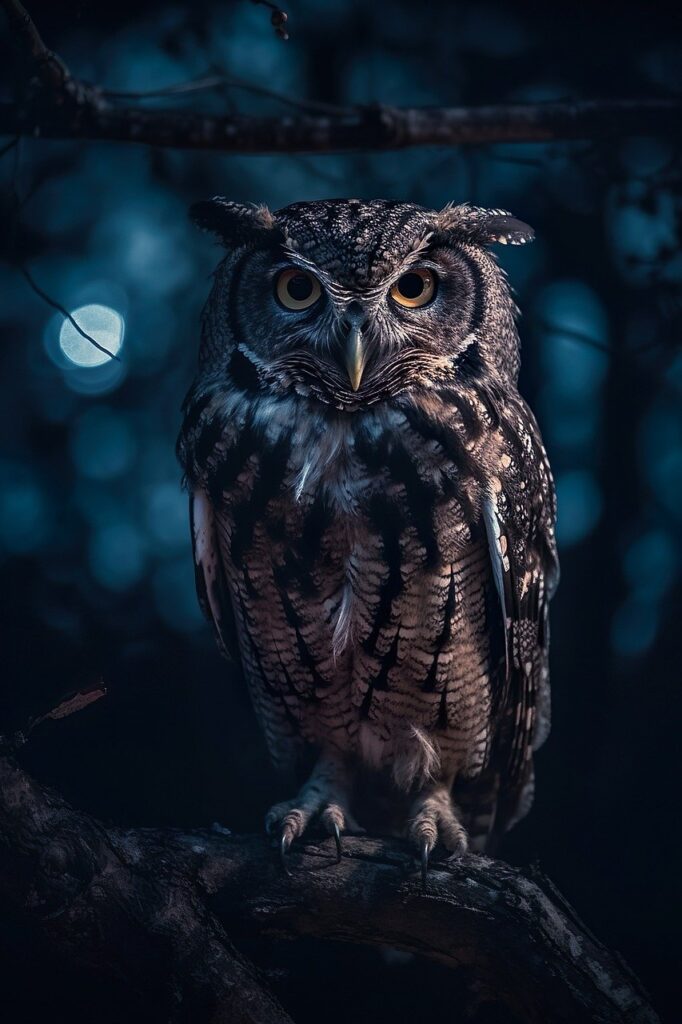
Challenges and Limitations of AI in Art Description Generation
While AI has shown great potential in generating artwork descriptions and gallery content, there are still some challenges and limitations that need to be addressed. One of the main challenges is the subjective nature of art interpretation.
Art is a deeply personal and emotional experience, and capturing the complexity of human emotions and sensations in an algorithmic description is not an easy task. AI systems may struggle to convey the intangible aspects of art, such as the feeling of awe or inspiration that a viewer might experience when standing in front of a masterpiece.
Another limitation of AI in art description generation is the lack of creativity and imagination. AI systems rely on pre-existing data and patterns to generate descriptions, which may limit their ability to provide unique and innovative insights into artworks. While AI can analyze and interpret visual elements, it may not be able to capture the artist’s creative process or the deeper meanings behind the artwork.
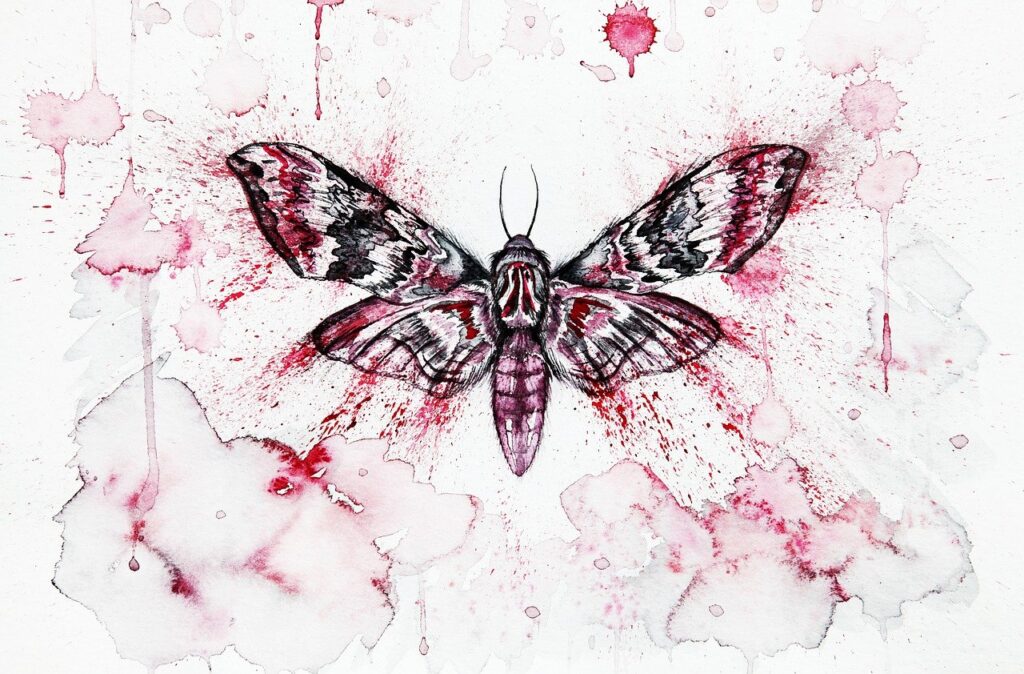
The Future of AI in the Art World
Despite these challenges and limitations, the future of AI in the art world looks promising. As AI algorithms continue to improve and evolve, we can expect to see more sophisticated and accurate artwork descriptions and gallery content generated by AI systems.
Artificial intelligence has the potential to revolutionize the way artists create, curators organize exhibitions, and viewers engage with art. By leveraging the power of AI, art institutions can reach a wider audience, enhance the viewing experience, and provide valuable insights into the world of art.
In conclusion, while AI may never replace the human experience of viewing and appreciating art, it can certainly enhance it. By harnessing the capabilities of AI in generating artwork descriptions and gallery content, we can unlock new possibilities and deepen our understanding of the art world. So, next time you visit an art gallery, be prepared to see AI in action, creating compelling narratives and guiding you through the wonderful world of art.
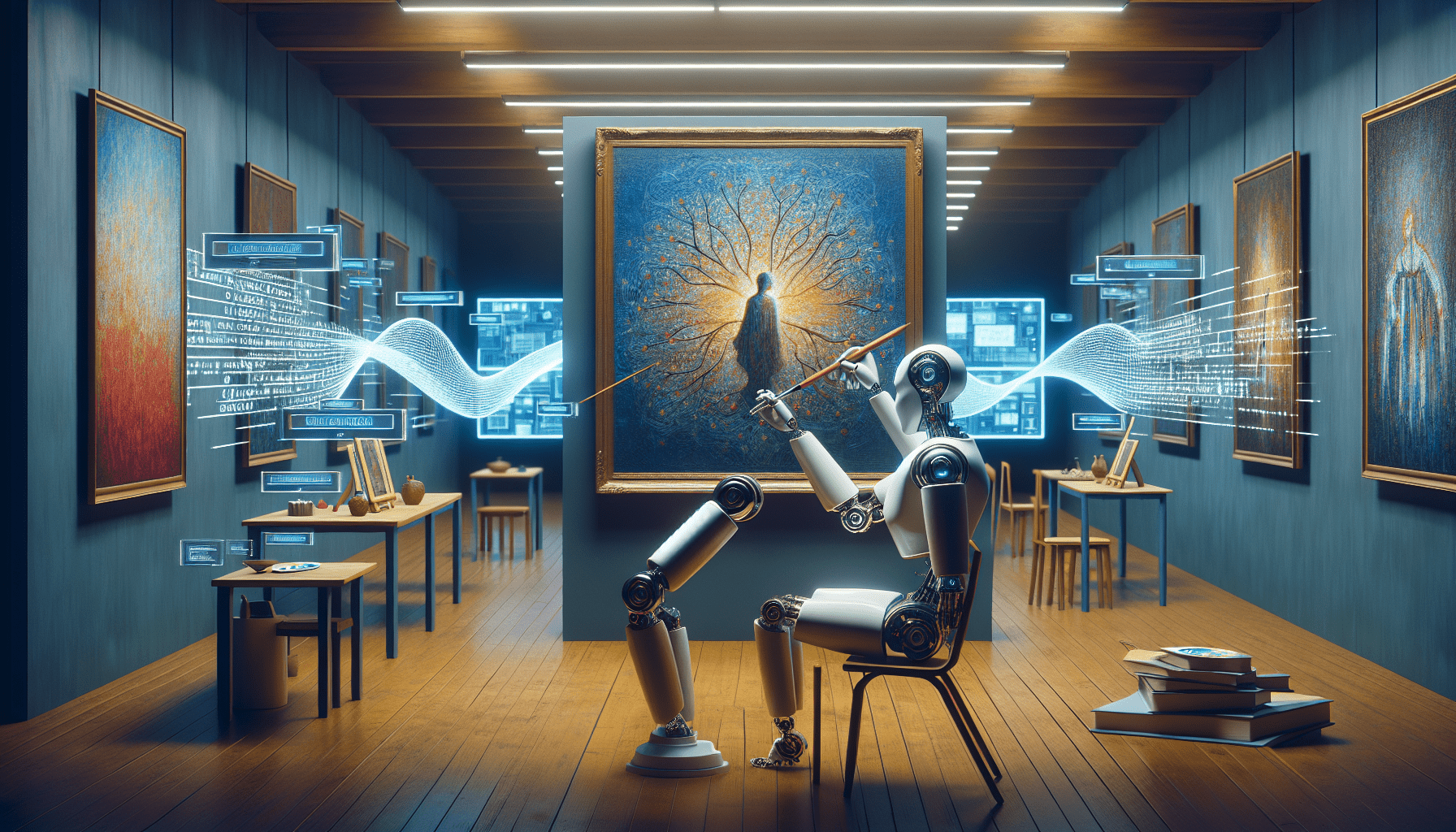


Comments are closed